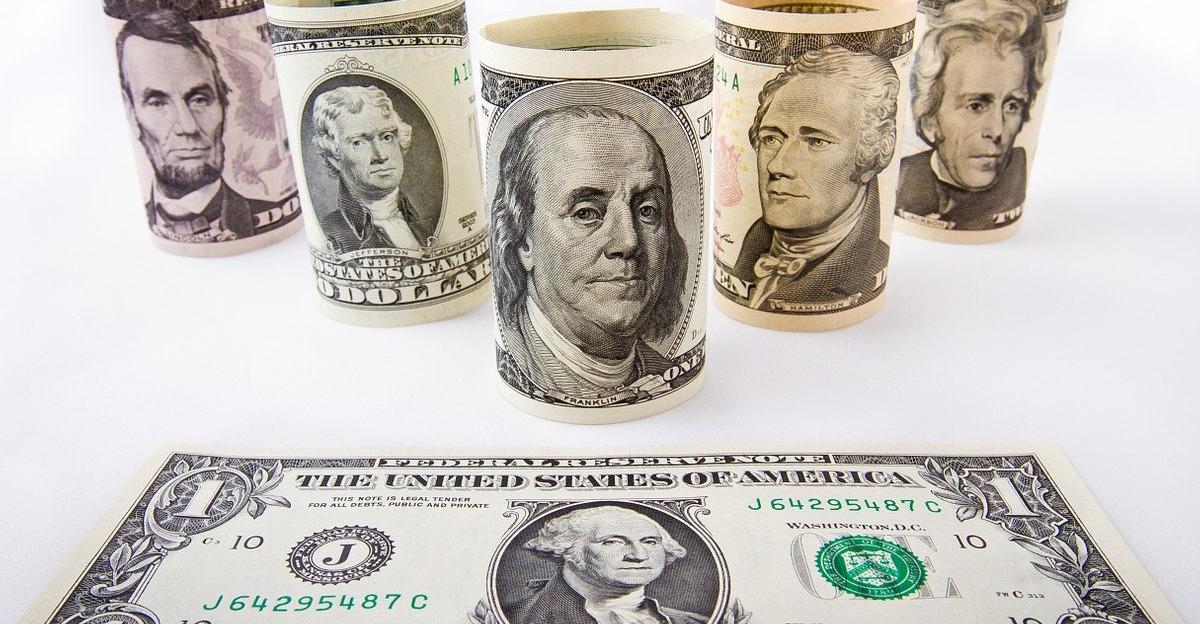How Dividends Are Taxed, Qualified Versus Non-Qualified
How dividends are taxed and how much tax you have to pay on your dividend income depends on the dividend classification and the total taxable income.
Aug. 28 2020, Updated 8:56 a.m. ET

How dividends are taxed and how much tax you have to pay on your dividend income depends on the dividend classification and your total taxable income. There are mainly two forms of income from stocks—dividends and capital gains. Dividends are the periodic distributions that companies make to eligible shareholders, while capital gains are the difference between a stock’s buying and selling price.
In the U.S., most of the dividends are ordinary dividends reflected in box 1a of Form 1099-DIV. How much tax you pay on dividends depends on whether the IRS classifies the dividend as qualified or non-qualified. Irrespective of how the dividend is classified, the investor has to pay taxes on the dividend income. In some countries, the companies distributing the dividends have pay taxes on investors’ behalf.
Qualified versus non-qualified dividends
Before breaking down how dividends are taxed in the U.S., it is important to understand how qualified and non-qualified dividends are classified. The IRS has a three-point framework to define qualified dividends.
- The dividend-paying company should either be a U.S. enterprise or a qualified foreign company.
- The dividend is not specifically classified as a non-qualified dividend by the IRS.
- The person getting the dividend has held the underlying security for the stipulated time period. The period is different for common shares and preferred shares.
Most of the publicly traded stocks in the U.S. meet the first two conditions. For meeting the third condition, you have to hold the common stock for a minimum of 61 days in the 121-day period that starts 60 days before the ex-dividend date. While you would be eligible for the dividend even if you buy it a day before the ex-dividend date, it will not be qualified and your dividend income would be taxed as normal income and not capital gains.
How is dividend income taxed?
If the dividend is qualified, it would be taxed as capital gains and the tax rate would depend on your total taxable income. If you are a single filer, the long-term capital gains tax rate is 0 percent for income below $40,000, 15 percent for income between $40,001 and $441,450, and 20 percent if your income is above $441,450.
However, if the dividend is not qualified, it would simply be added to your total income and you would have to pay taxes on the dividend income at a marginal rate. The federal income tax bracket for single individuals for the filing deadline of April 15, 2021, is a minimum of 10 percent if your total taxable income is below $9,875. The rate rises progressively and the highest marginal tax rate in the U.S. right now is 37 percent.
Dividends are a good tax-efficient way to supplement your monthly income. Dividend stocks appeal to retirees who want regular income from their investments. If you are looking at stocks with good dividend yields, you can consider MLPs and REITs. Some REITs also pay a monthly dividend. However, for young investors, who are saving for retirement, it would be pertinent to invest in growth stocks instead of stocks that pay a high dividend.
Correction: An earlier version of this article used tax rates from 2019 instead of the current tax rate.

